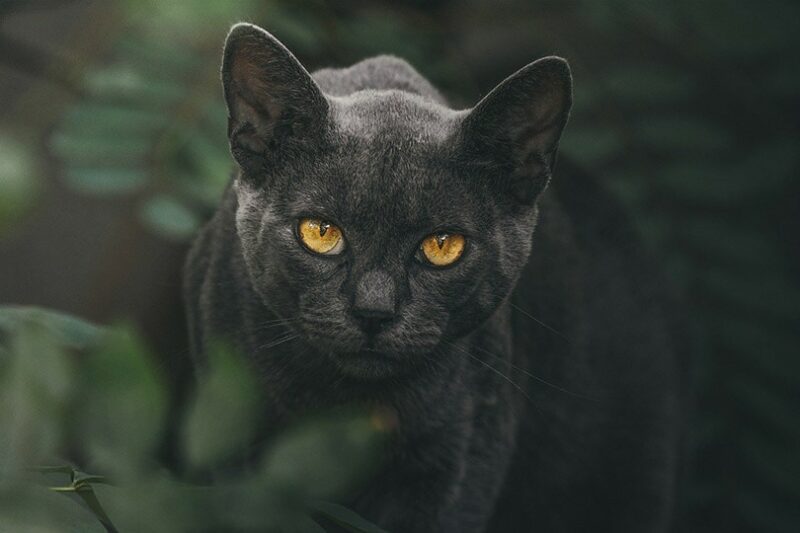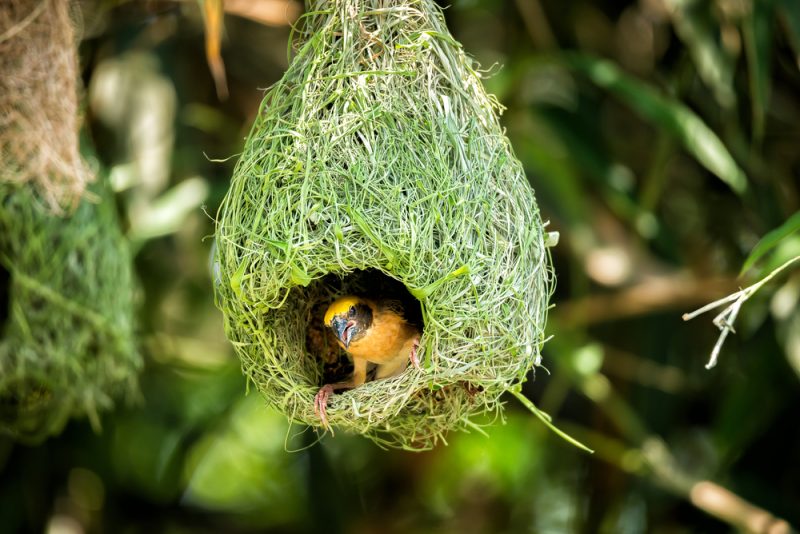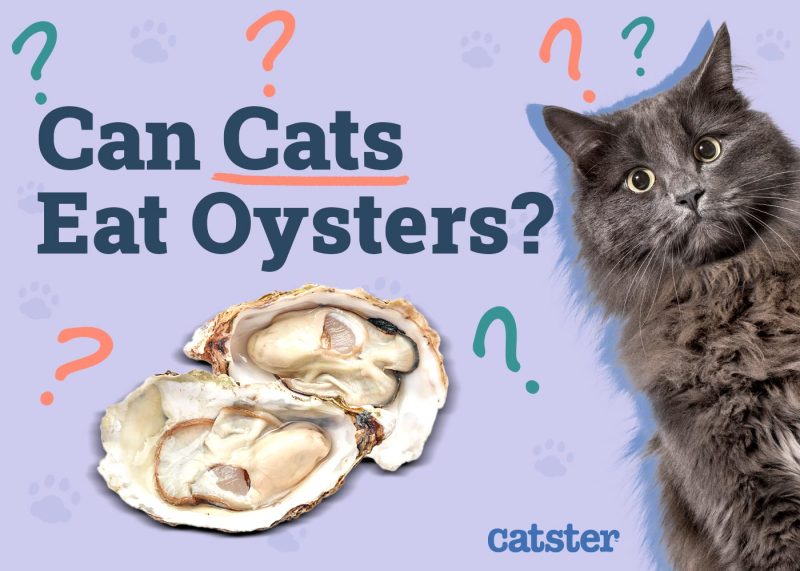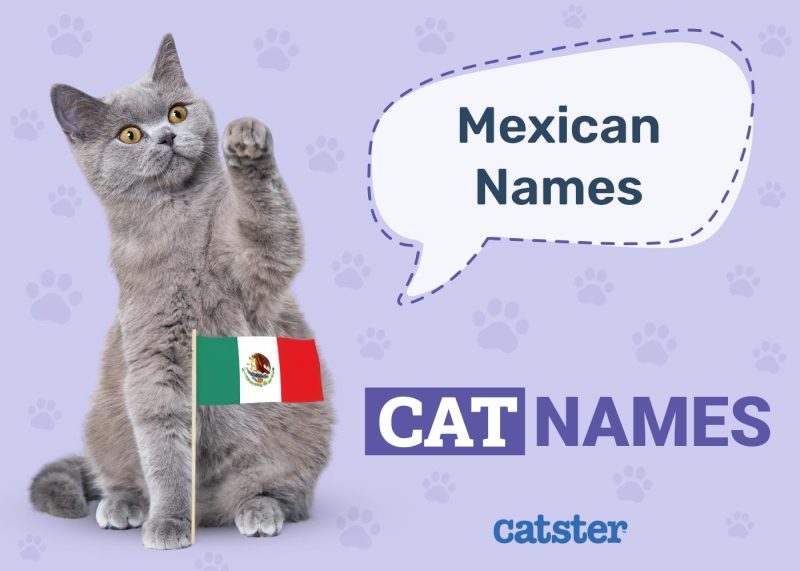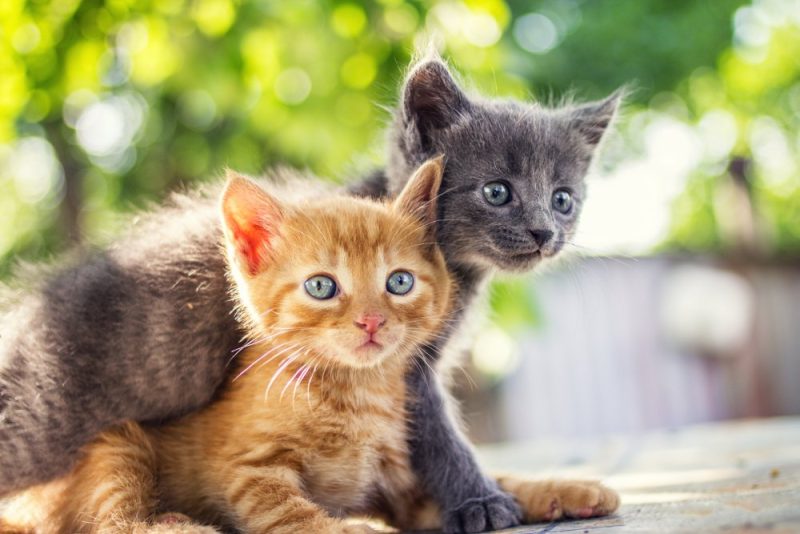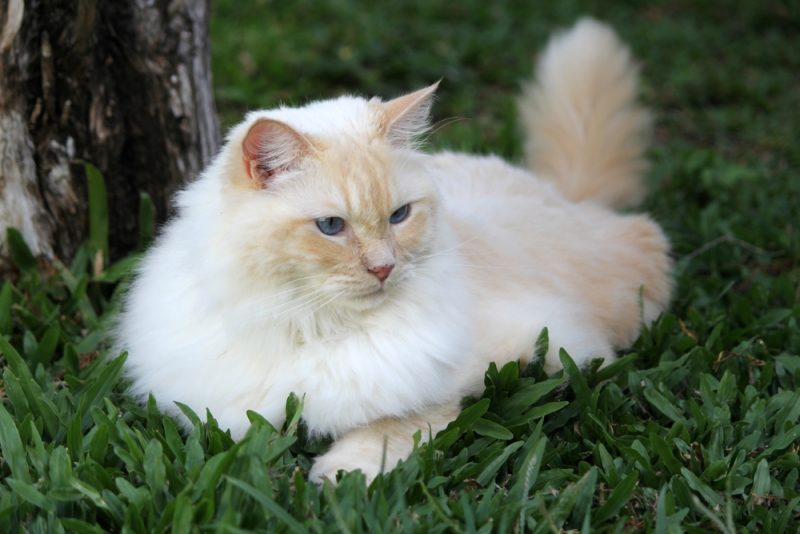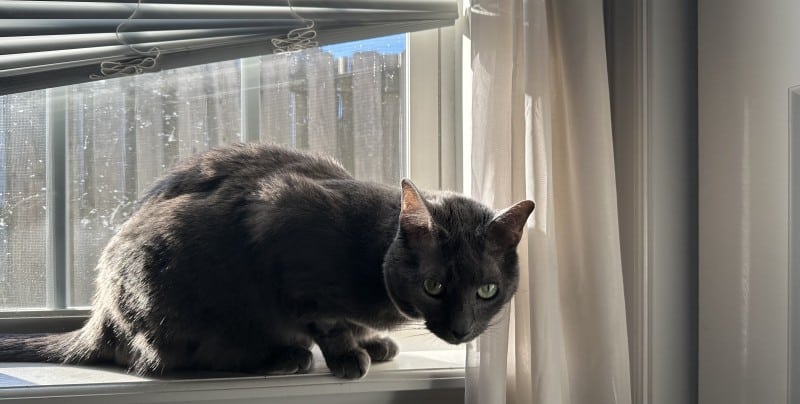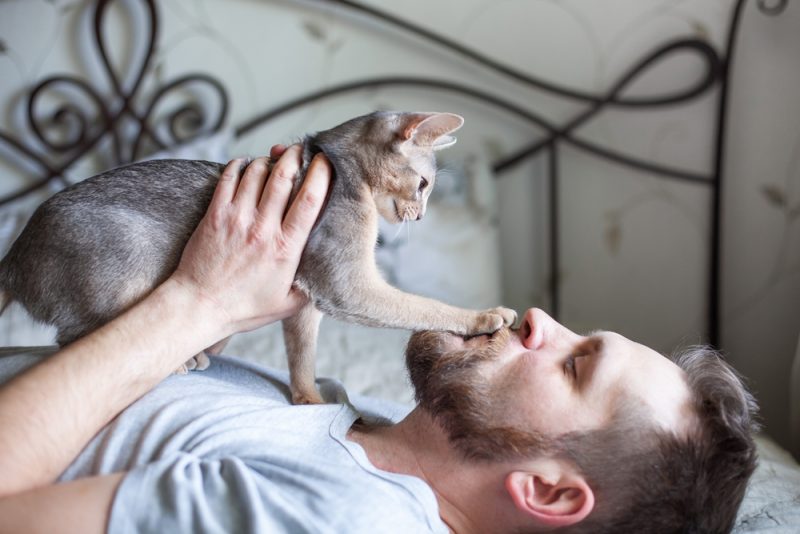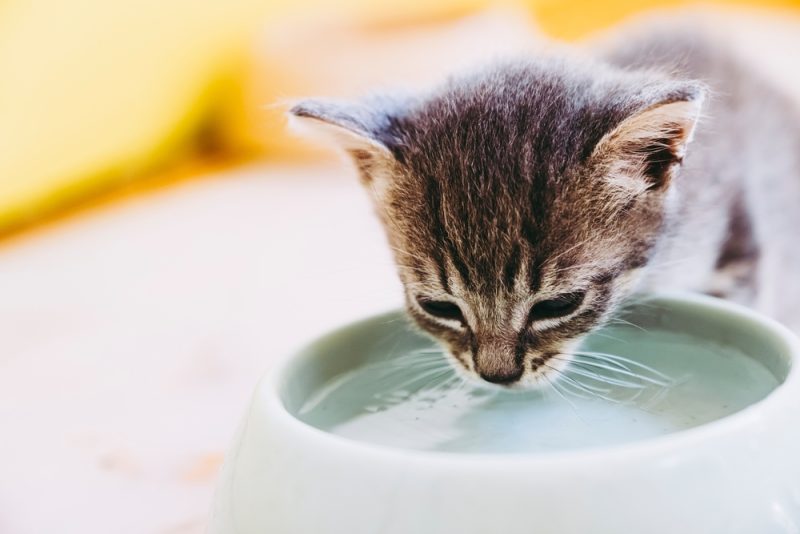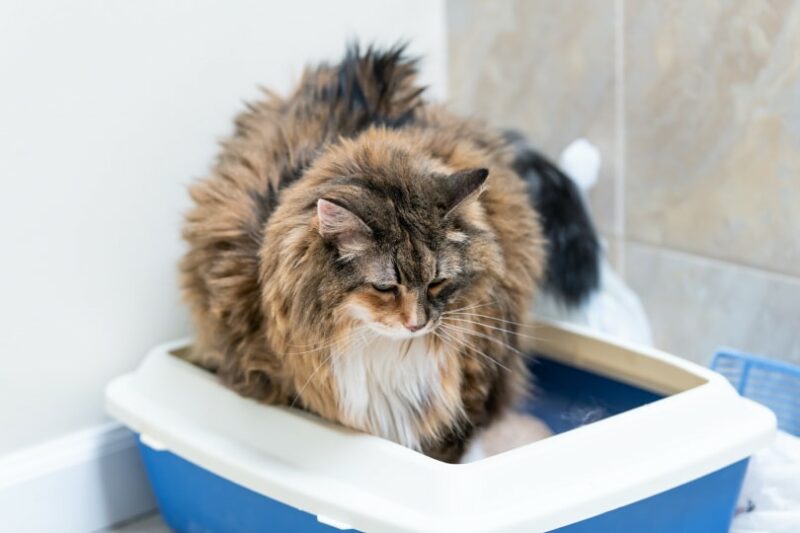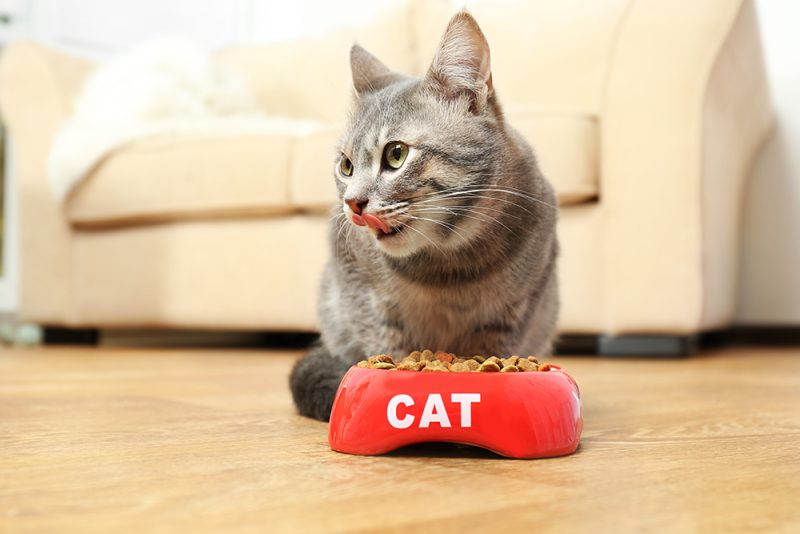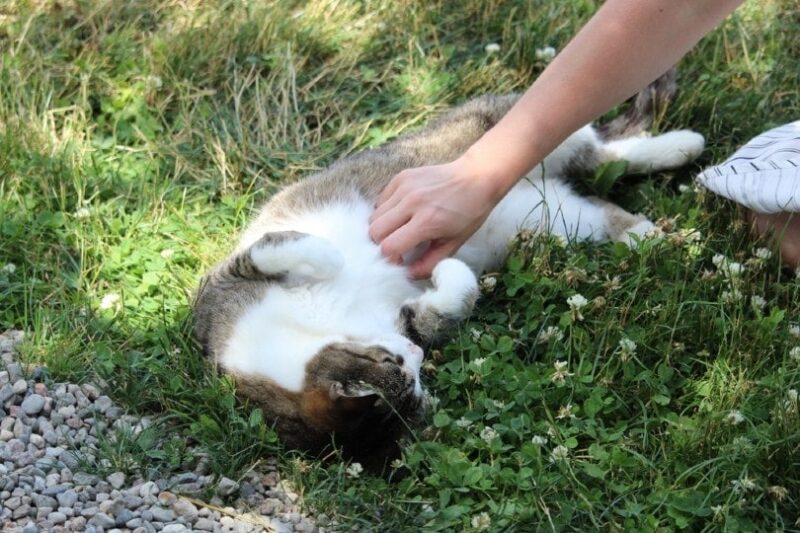If you enjoy Celtic mythology and are a fan of cats, you should be interested in the Cat Sìth. This magical cat is found in both Scottish and Irish folklore and is thought to be the basis of a few of the associations and superstitions that Western society has toward cats, especially black cats.
Several stories revolve around the Cat Sìth, so if you would like to learn more about this “King of Cats,” read on!

Is It Cat Sìth or Cait Sidhe?
It’s both! This “fairy cat” appears in Irish mythology as the Cait Sidhe and in Scottish mythology as the Cat Sìth (pronounced cot-SHEE in both languages). There are stories about this fairy creature in British and Irish folklore, but it has stronger ties in the Scottish Highlands.
Sìth and Sidhe loosely translate to “hill” or “mound,” which is where the fairies dwell. So, the Cat Sìth is very much a fairy cat, though not in a sweet, Tinkerbell kind of way, but rather, as a dark spirit.
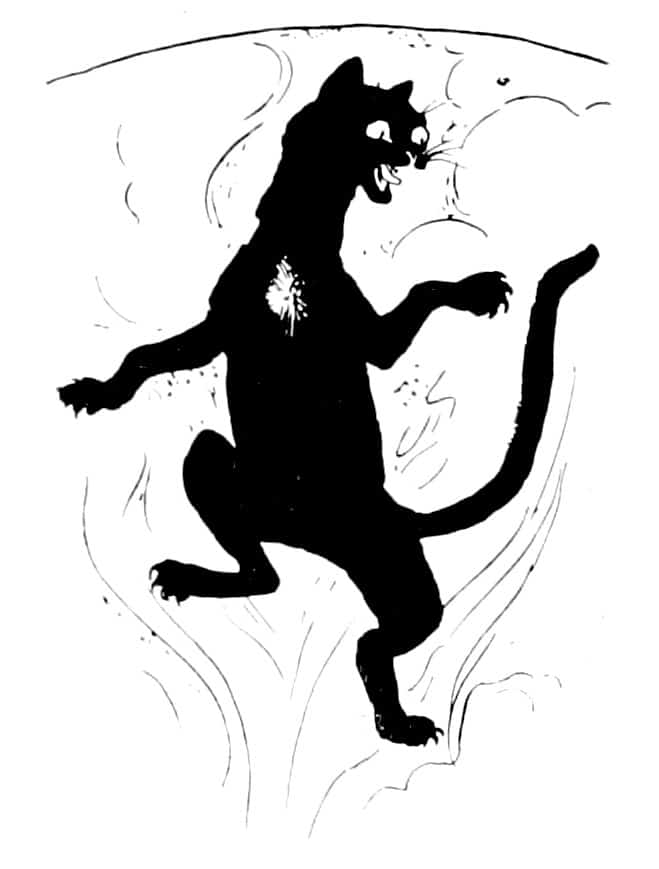
What Exactly Is the Cat Sìth?
The Cat Sìth is a cat that is said to be large—about the size of a dog—and walks on their hind legs. But if a human is around, the Cat Sìth will walk on all fours (like a regular cat). They’re essentially a fairy creature in disguise.
They’re commonly seen as a black cat with a white patch on their chest. If a person is around, they not only walk on all fours but also can appear with an arched back and bristled fur.
The Cat Sìth as a Witch
Other tales speak of the Cat Sìth as a witch in disguise. The stories say that the witch can transform into a black cat—but only nine times. It was believed that if the witch transformed into a cat more than nine times, she would remain a cat.
These stories are thought to be the origin of the “cat has nine lives” proverb, but no one really knows for certain. It might also be partly responsible for our association with witches and black cats.
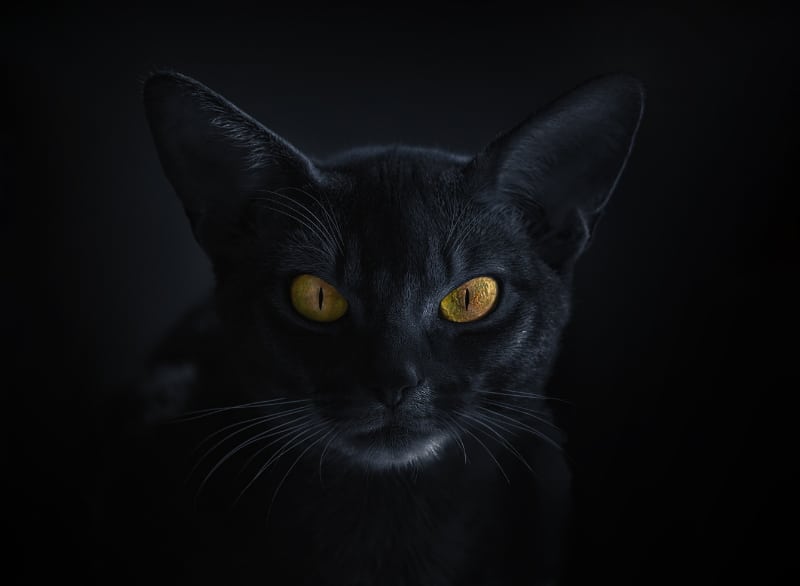
The Cat Sìth on Samhain
Samhain (pronounced SOW-en) is the ancient Celtic pagan festival that we know today as Halloween. This is where we get many of our Halloween traditions from.
On Samhain, the Cat Sìth would go to farms to steal milk from the cows and cast a curse so the cows would not be able to produce milk. People in Scotland would then leave a saucer of milk out for the Cat Sìth on the doorstep. The Cat Sìth would drink the milk and leave blessings and a gift.
It was a common practice in Scotland and Ireland to leave out food and milk for the fairies.
The Soul-Stealing Cat Sìth
Another belief finds the Cat Sìth stealing souls. They would wander in areas where there were burials so they could grab souls before they passed from the living to the land of the dead.
When someone would die, the Scottish would hold a watch called the Fèill Fhadalach (Late Wake) near the body before burial. This entailed music, riddles, and games of wrestling and leaping night and day until the burial to distract the Cat Sìth.
They would additionally extinguish the fires because, just like a regular cat, the Cat Sìth preferred warmth.
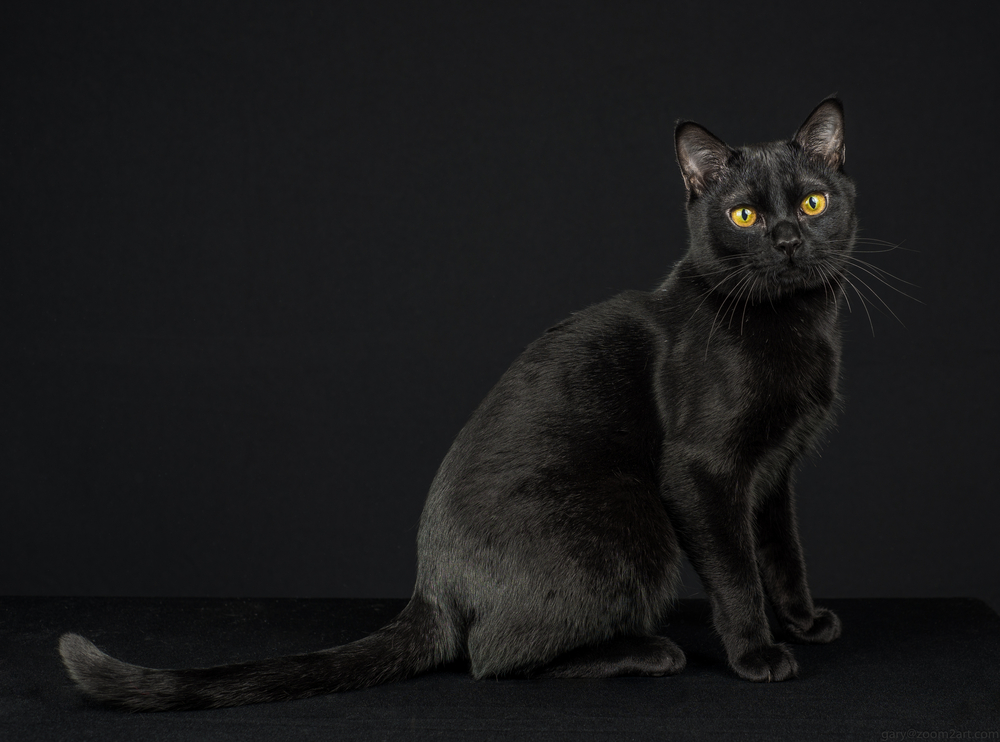
The King of the Cats
Now we get to the “King of the Cats,” though this is from a British folktale rather than a Scottish or Irish one. The story goes something like this:
The sexton’s wife and her black cat, Old Tom, were sitting by the fire, waiting for her husband to come home. He rushed in later than expected, hollering, “Who’s Tommy Tildrum?” and he told the story of how he saw nine black cats with white marks on their chests. The cats were carrying a coffin with a small golden crown laid on the top, and one of the cats spoke to the man, “Tell Tom Tildrum that Tim Toldrum’s dead.”
Suddenly, the cat, Old Tom, exclaimed, “What?! Old Tim dead! Then I’m the King o’ the Cats!” He dashed up the chimney and was never seen again!
Other Cats in Mythology
You can find several mythologies that feature cats:
- Bakeneko: A monster cat from Japanese legend that starts as a regular house cat, gradually grows to human size, and walks on hind legs.
- Bastet: The Egyptian goddess of the home, fertility, childbirth, and cats.
- Cactus Cat: A mythical cat from the American Southwest that resembles a bobcat with thorn-like fur.
- Cath Palug: A monster from Welsh and French mythology that makes an appearance in the King Arthur legends.
- Cha Kla: A monster cat from Thailand with black fur and blood-red eyes.
- Dawon: A fierce tigress from Hindu mythology that was used for battle.
- Hombre Gato: Also known as Catman, hails from South America (basically, half cat and half man).
- Lyncus: A human king that was turned into a lynx in Greek mythology.
- Mafdet: A deity from Egypt who was the Goddess of Justice, Judgment, and Execution, said to look like a Savannah cat or a cheetah.
- Matagot: Spirits in southern France, usually in the form of black cats.
- Sekhmet: Egyptian goddess of war and destruction who resembles a lion.
- Wampus Cat: Mainly from Cherokee mythology, sometimes evil and sometimes comical.
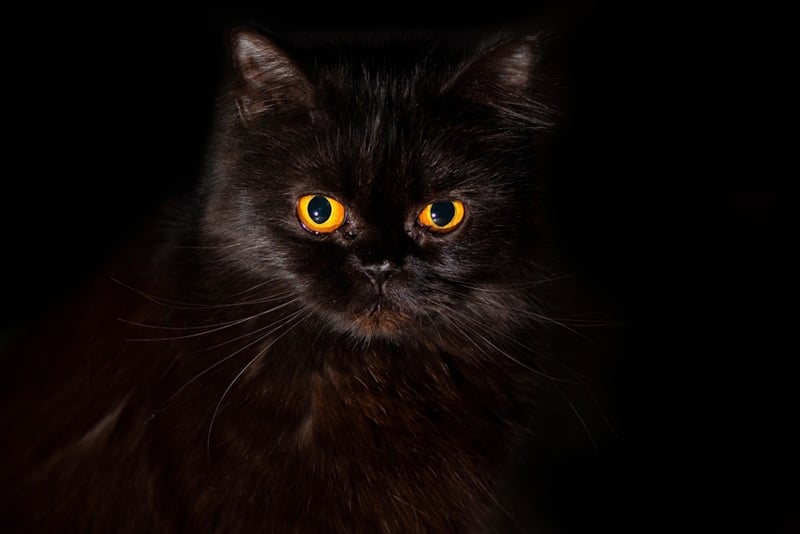

Conclusion
The Cat Sìth is an interesting mythological spirit from Celtic stories. They are also possibly the origin of a few superstitions, like cats having nine lives, black cats and witches, and bad luck. The Cat Sìth or Sidhe has made modern appearances in movies, books, and video games (most notably in the Final Fantasy series).
Cats are fascinating creatures that have inspired many stories and beliefs, though not always good ones. Still, when a cat is around, you know that you’re in for a bit of entertainment!
See also:
Featured Image Credit: Virvoreanu-Laurentiu, Pixabay
